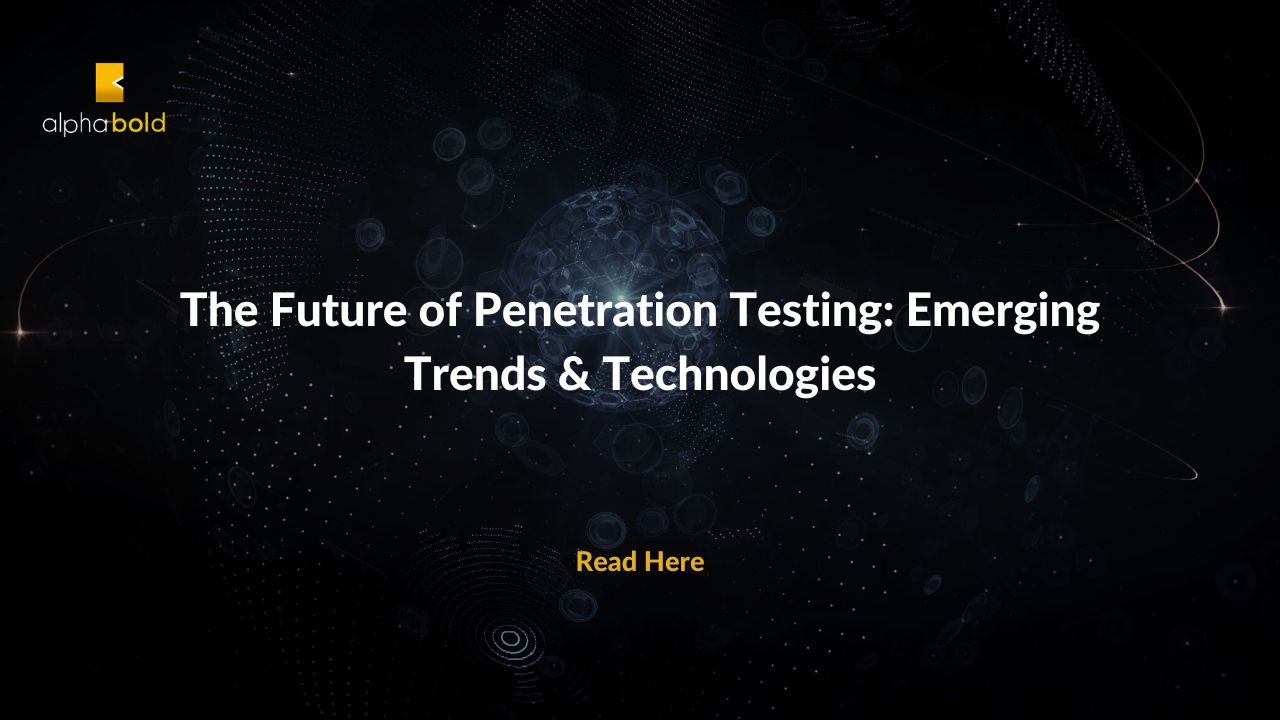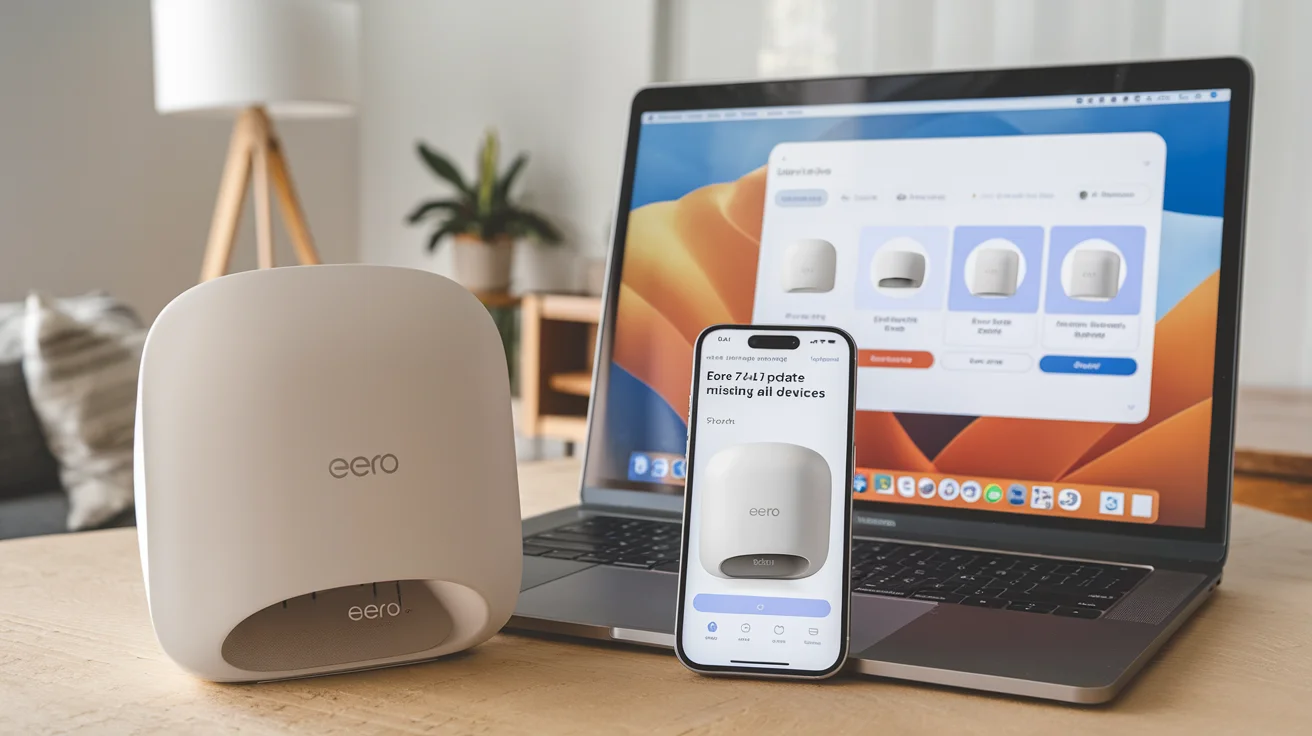As technology advances, the risk of cyber-attacks and data breaches continues to rise, making it imperative for companies to have a comprehensive security plan. This is especially true considering the significant changes and challenges brought about by the global operations shift to remote or online settings. Failing to address these changes and vulnerabilities through regular testing could expose businesses to devastating cyber breaches.
Penetration testing, or pen testing, is a critical component of this plan as it helps identify vulnerabilities in a system that cybercriminals could potentially exploit. The future of penetration testing will include a greater emphasis on cloud security, automation, and AI integration. Businesses and organizations can proactively protect their systems and data from potential threats by implementing these strategies.
This article discusses the future of penetration testing, providing valuable insights and guidance to help you secure your systems and protect your data. It also provides an insight into how companies across the globe have benefited from penetration testing in the past:
Highlighting the Importance of Penetration Testing: The JPMorgan Case:
JPMorgan Chase, a major financial institution, suffered a significant data breach in 2014 that resulted in a loss of customer confidence and cost the company millions of dollars in legal fees, fines, and lost business. To prevent future incidents, the bank conducted regular penetration testing, which helped its cybersecurity team identify a critical flaw in its web application firewall that could have allowed attackers to bypass the firewall and access sensitive data. With penetration testing services, the flaw was fixed before it could be exploited, potentially saving the company millions of dollars in damages and reputational harm. This incident underscores the importance of regular penetration testing in identifying and mitigating vulnerabilities, improving the overall security posture, and complying with industry regulations and standards.
Now that we have explored a real-world scenario in which penetration testing has helped an organization save countless resources, let’s analyze the upcoming trends in this field:
10 Leading Future Trends of Penetration Testing
The following trends characterize the future of penetration testing:
- Emphasis on Cloud Security: With the increasing adoption of cloud technology, it has become essential to ensure that cloud-based applications and services are thoroughly tested for security vulnerabilities. This trend is expected to continue, with cloud security becoming an increasingly critical aspect of penetration testing.
- Automation and AI Integration: As pen testing becomes more complex, there is a growing need for automation and AI integration. This allows for more efficient testing and faster identification of vulnerabilities. In the future, we can expect to see even more advanced automation and AI tools being used in penetration testing.
- Increased Emphasis on Physical Security: While digital security is critical, physical security should not be overlooked. In many cases, a hacker may access a system by physically accessing the building or device. Penetration testing should include testing for physical security vulnerabilities, such as weak access controls or unsecured equipment.
- IoT Security: The growth of the Internet of Things (IoT) has led to a significant increase in connected devices, making IoT security a critical aspect of penetration testing. In the future, as the number of IoT devices continues to grow, we can expect IoT security testing to become even more important.
- Red Team Testing: Red team testing involves simulating a real-world attack scenario to identify vulnerabilities that may not be detected through traditional testing. This approach is becoming increasingly popular and is expected to continue to grow.
- Social Engineering Testing: Social engineering attacks like phishing remain a significant threat to organizations. Penetration testing should include social engineering testing to identify employee training and awareness vulnerabilities.
- DevSecOps Integration: DevSecOps involves integrating security testing into the software development process. This approach ensures that security is a top priority throughout the development lifecycle. We can expect to see more organizations adopting DevSecOps practices in the future.
- Increased Focus on Compliance: Compliance with regulatory requirements is critical for many organizations. Penetration testing can help identify vulnerabilities that may lead to compliance violations. We can expect to see an increased focus on compliance testing in the future.
- Cloud-Native Security: Cloud-native security involves designing security into cloud-based applications and services from the ground up. This approach is becoming increasingly popular and is expected to continue to grow.
- Continuous Testing: Penetration testing should not be a one-time event but a continuous process. This ensures that any new vulnerabilities are identified and addressed promptly. We can expect to see a greater emphasis on continuous testing as part of an overall security strategy.
Final Thoughts
In conclusion, the future of penetration testing will involve a greater emphasis on cloud security, automation and AI integration, physical security, IoT security, red team testing, social engineering testing, DevSecOps integration, compliance testing, cloud-native security, and continuous testing. Staying up to date with these penetration testing services and trends, and best practices will be essential for ensuring the security of your systems and data.





